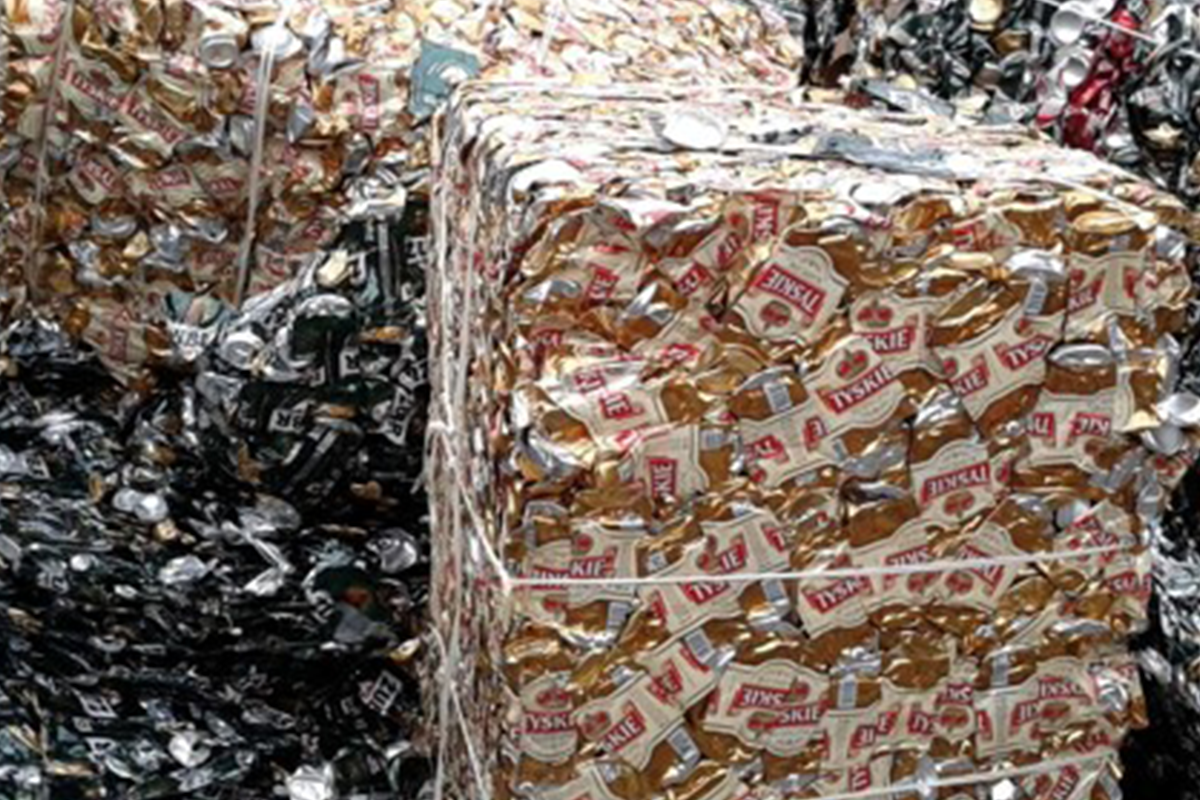In recycling media and online forums there is a lot of attention to managing and recycling packaging materials like boxes, cardboard wrapping and plastic foil, but what about empty beverage containers? Empty aluminum cans and PET bottles easily accumulate in the hospitality sector, at festivals and other events and large quantities must be handled in several industries and at collection and recycling stations. But do not worry! There is effective compaction equipment for all application areas, and it comes in different shapes and sizes.
Why compaction?
The advantages of volume reduction are obvious: more order and more productive use of storage space, less transport needed resulting in reduced waste management costs and lower CO2 emissions. Sorted and compacted pure fractions of recyclables can be delivered to the recycling industry and improve the overall recycling rate contributing to the circular economy.
Versatile vertical balers
Quick service, hotels, restaurants, food courts are some examples of business establishments where empty beverage containers are part of the daily waste stream.
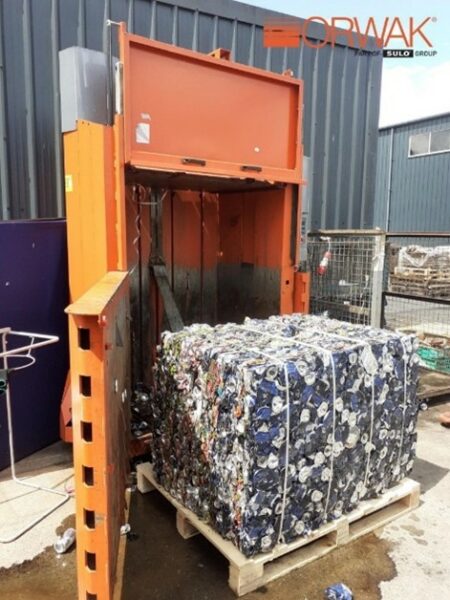
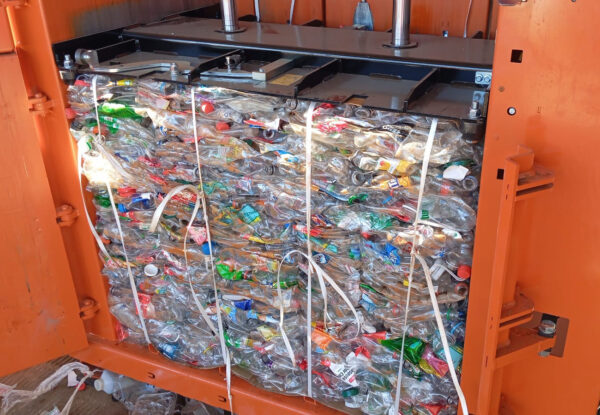
When handling mainly one type of recyclable, a front-loaded vertical baler can offer convenient and efficient compaction and generate rather big bales.
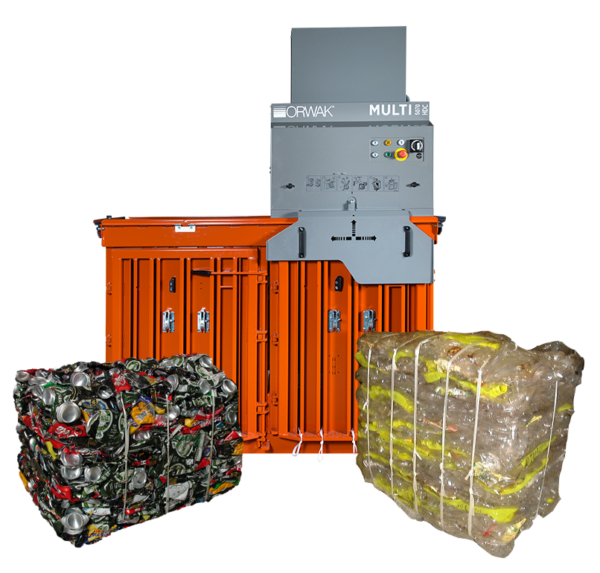
When sorting and compacting several materials like alu cans and PET bottles, a multi-chamber baler provides effective compaction into dense, yet easy-to-handle bales. A cross-binding function gives an extra tight grip of the bale and prevents it from falling apart if it contains smaller items. Vertical balers come with a small footprint and are an ideal and simple solution for small and medium volumes of empty beverage containers.
Brickman briquette presses
When the volumes of cans and bottles exceed what is efficient to compact in a vertical baler, briquette presses are the next level in capacity. Thanks to compact design and low noise level, they are fully automated indoor compaction solutions and can, like the vertical balers, be placed close to the source of waste.


Thanks to the infeed chamber there is no need to wait for the machine to finish a cycle. The staff just loads the material in the chamber and walks away. That means less manual work and saves time. The whole process: input, compaction, cutting and output of dense briquettes is automated.
Thanks to the powerful compaction, the volume reduction can be up to 20 times in a briquette press, and the material does not fall apart or expand again afterwards. Briquettes are small, easy to handle and do not require any strapping or wrapping in plastic. They can be collected in indoor bins or containers or led outdoors through chutes to even bigger containers.

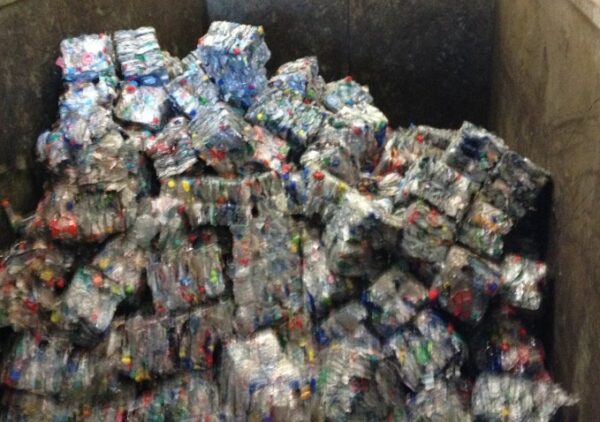
Orwak largest briquette presses in the Brickman line, can process up to 24 000 PET bottles or 27 000 aluminum cans (33 cl) per hour, which is a good fit also for recycling stations.
Horizontal balers for large-scale compaction
In large-scale management and compaction of aluminum cans and PET bottles for example in industrial plants and recycling stations, fully automated horizontal balers installed in the plant or outdoors fed through wall chutes from the source are a viable solution. There are plenty of infeed options and great opportunities to integrate the baler in a fully automated system. The recyclables are automatically compacted, tied with wire and cut into desired lengths in the horizontal baler.
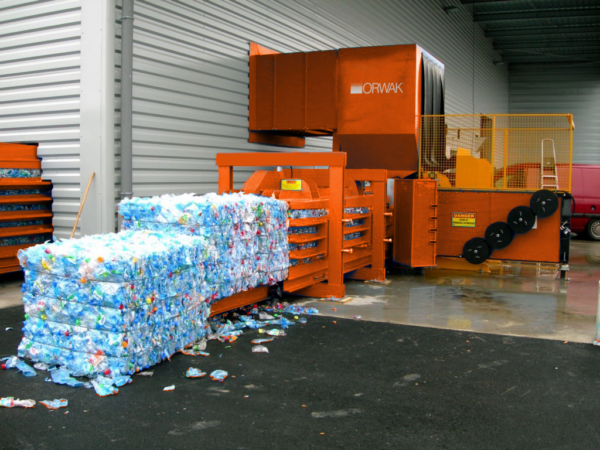
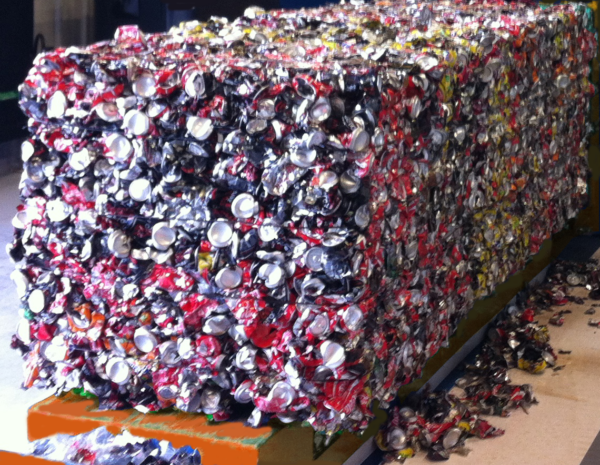
It is challenging to crush PET bottles when the caps are still on and for the most satisfying result it is recommended to add a perforator that punctuates the bottles and relieves the pressure inside the bottles in preparation for the compaction.
The neat and highly compacted bales are removed by forklift, can easily be stacked to save storage space on site and are ready for delivery to the recycling industry, where they can generate an income.
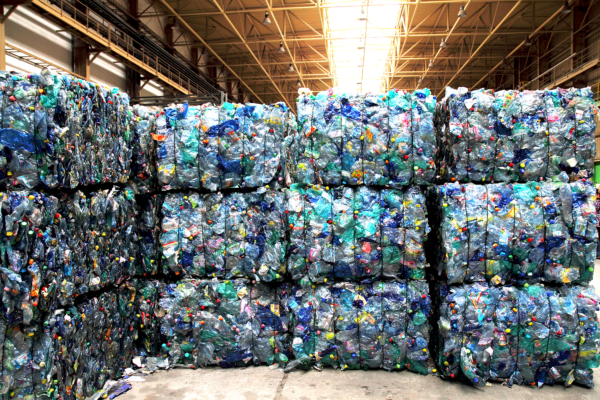
Sorting at source saves recyclables from the general waste stream
A waste solution providing effective sorting and compaction directly at source facilitates and encourages recycling and thereby improves the recycling rate of recyclables. It is the very beginning of the circular loop, and it saves a lot of valuable recyclables from being lost in the general waste stream.






